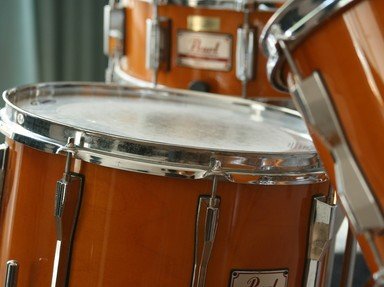Quiz Answer Key and Fun Facts
1. These paired drums are individually known as the 'hembra' (female) and the 'macho' (male). Together, what are they called?
2. Originating in West Africa, this drum's name translates as 'gather in peace' from the Bambara language. What is its name?
3. This is an example of a drum found within a Japanese Taiko ensemble, or 'kumi-daiko' (drum collection). Taiko is a general term referring to any drum, so what is the actual name of the drums in a kumi-daiko?
4. An example of a pitched percussion instrument, this particular one includes resonating tubes below the bars that have butterfly valve driven by a motor to produce a tremolo effect when the bars are struck with mallets. What instrument is this?
5. Also known as kettledrums, what is the proper name for these tunable drums?
6. A tambourine can be made of wood or plastic, and come with or without a skin, but all of them have the metal jingles, which are called what?
7. The percussion instrument in this picture is a commercially produced version of a steel-tongue drum, which, when first created in 2007, was made from what item?
8. These shaker-type percussion instruments originate in Latin America and are traditionally made from dried gourd shells or coconuts filled with seeds or beans. By which of these names are they NOT known?
9. A piano makes its sound when hammers strike strings within the body of the instrument. So which is it, a percussion instrument or a string instrument?
10. Known interchangeably as a trap set, drum set, or drum kit, this standard of rock and jazz bands everywhere is a combination of a number of different percussion instruments. Which of these is not commonly included?
Source: Author
reedy
This quiz was reviewed by FunTrivia editor
agony before going online.
Any errors found in FunTrivia content are routinely corrected through our feedback system.

